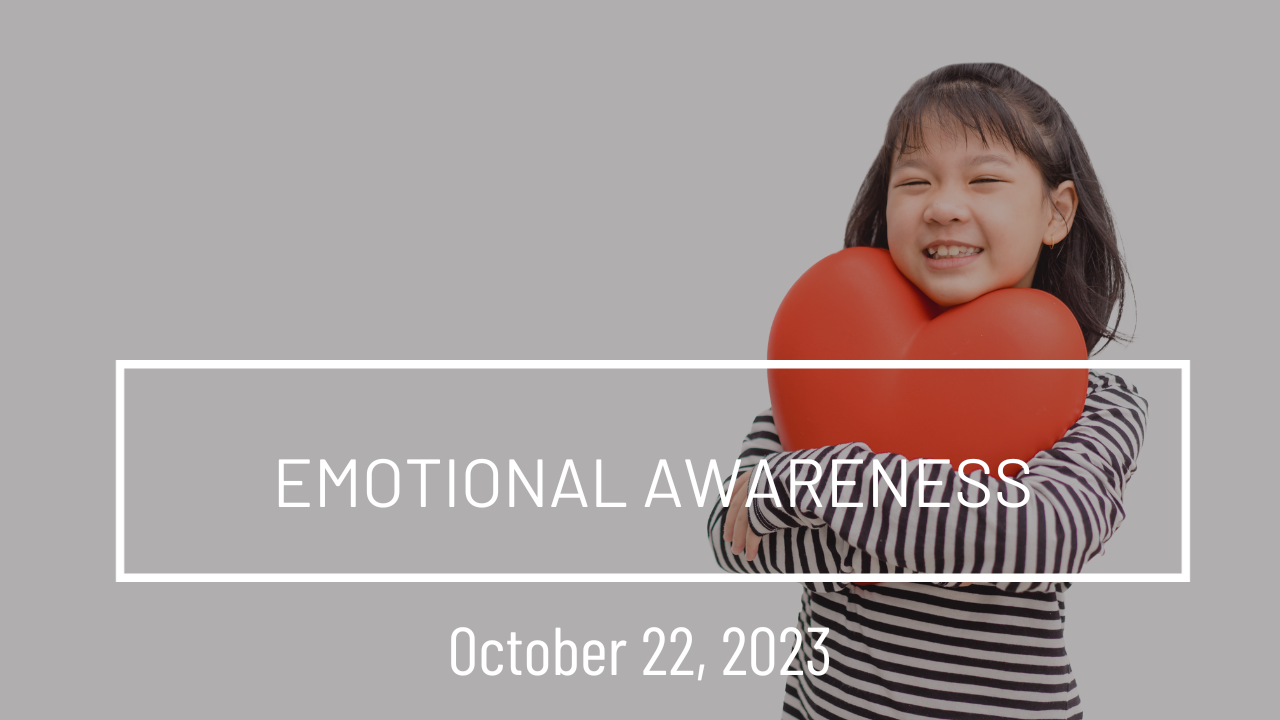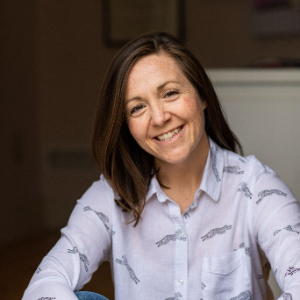
Emotional Awareness
Children are here to teach us, especially when it comes to emotional awareness and expression. Children feel free to express their emotions as they show up. They are present and tuned into themselves and their needs. They love and accept themselves exactly as they are. While children need our guidance in many ways, we need their guidance, too. Rather than asserting ourselves as authority over children, let’s see them as equals and watch them learn more about themselves.
Emotional Awareness
Children are vulnerable to adults in this world. They regulate based on the adults in the room. They learn by watching us. How do we navigate conflict, acknowledge our own mistakes (and theirs!). How carefully do we listen, and how do we hold boundaries. When we watch our children, we can see ourselves through them as they grow. And if we watch closely, we can see opportunities for our own growth.
Healthy emotional expression can be triggering for us. Watching the meltdown unfold, wanting to teach the right way to handle each feeling, wishing for them to calm down. As we navigate this as adults, we tend to take over a child’s freedom to express themselves in a few ways:
1. We tell them what they are feeling, or ask them to name it before they are ready.
TRY THIS: Forget about naming the emotion right away. Wait until things are settled and invite them to talk about it first. When this happens in a state of calm, we (adults) can listen without feeling reactive and children can digest more clearly.
NOTE: When we name our feelings too quickly, we lose an opportunity to really identify the emotion. For example, I might express anger, but I am actually feeling disappointed or hurt.
2. We tell them how to process their feeling in a way that feels comfortable for us, rather than letting them find their way.
TRY THIS INSTEAD: Safety first! Make sure they are in a space where they can process safely, and then just allow them to get it out freely. Your only job is to regulate yourself and stay close so they don’t feel abandoned when they are most vulnerable.
SAFETY TIP: I have a child who tends to express difficult emotions physically. He might throw or hit when he’s upset. I hold steady boundaries around safety, no throwing or hurting. I guide him to a space where he can get the sensory input his body craves. Sometimes, he likes a big squeeze and he squeezes me back. Keep safety boundaries first, and learn what your child responds to in these moments. Don’t let them suppress their need for big physical expression, find SAFE ways to get it out!
3.We tell them to calm down, rather than allowing their own bodies to calm down as they process and when they feel ready.
TRY THIS: Guide them to a space where they can let it out safely and freely. When they begin to calm down, go and hug them or ask them if they want to talk. Just listen and reinforce that they are brave for expressing themselves adn taking care of their emotions.
We are all different in how we express ourselves, and in what we need to feel emotionally resilient. I have yet to master this one, however I have figured out that when I can accept what is happening, I can let go of the outcome I am hoping for and allow them to stay connected to their own needs.


